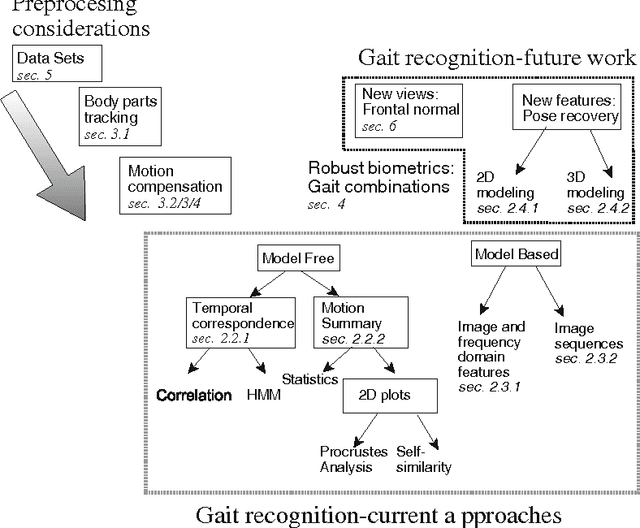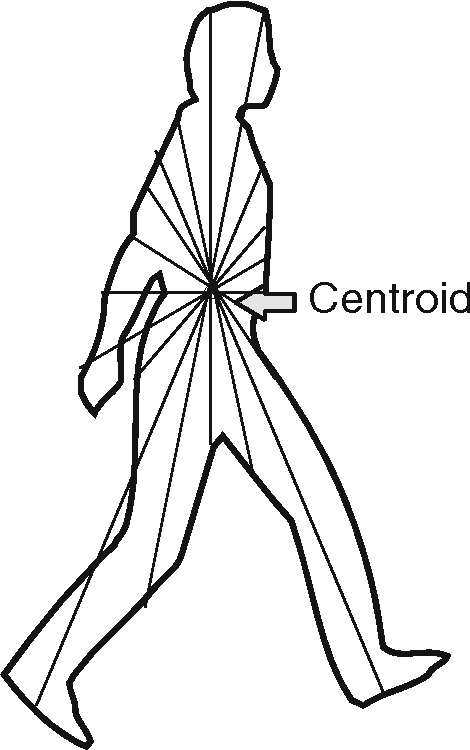Vision-based techniques for gait recognition
Paper and Code
Apr 30, 2020



Global security concerns have raised a proliferation of video surveillance devices. Intelligent surveillance systems seek to discover possible threats automatically and raise alerts. Being able to identify the surveyed object can help determine its threat level. The current generation of devices provide digital video data to be analysed for time varying features to assist in the identification process. Commonly, people queue up to access a facility and approach a video camera in full frontal view. In this environment, a variety of biometrics are available - for example, gait which includes temporal features like stride period. Gait can be measured unobtrusively at a distance. The video data will also include face features, which are short-range biometrics. In this way, one can combine biometrics naturally using one set of data. In this paper we survey current techniques of gait recognition and modelling with the environment in which the research was conducted. We also discuss in detail the issues arising from deriving gait data, such as perspective and occlusion effects, together with the associated computer vision challenges of reliable tracking of human movement. Then, after highlighting these issues and challenges related to gait processing, we proceed to discuss the frameworks combining gait with other biometrics. We then provide motivations for a novel paradigm in biometrics-based human recognition, i.e. the use of the fronto-normal view of gait as a far-range biometrics combined with biometrics operating at a near distance.
 Add to Chrome
Add to Chrome Add to Firefox
Add to Firefox Add to Edge
Add to Edge